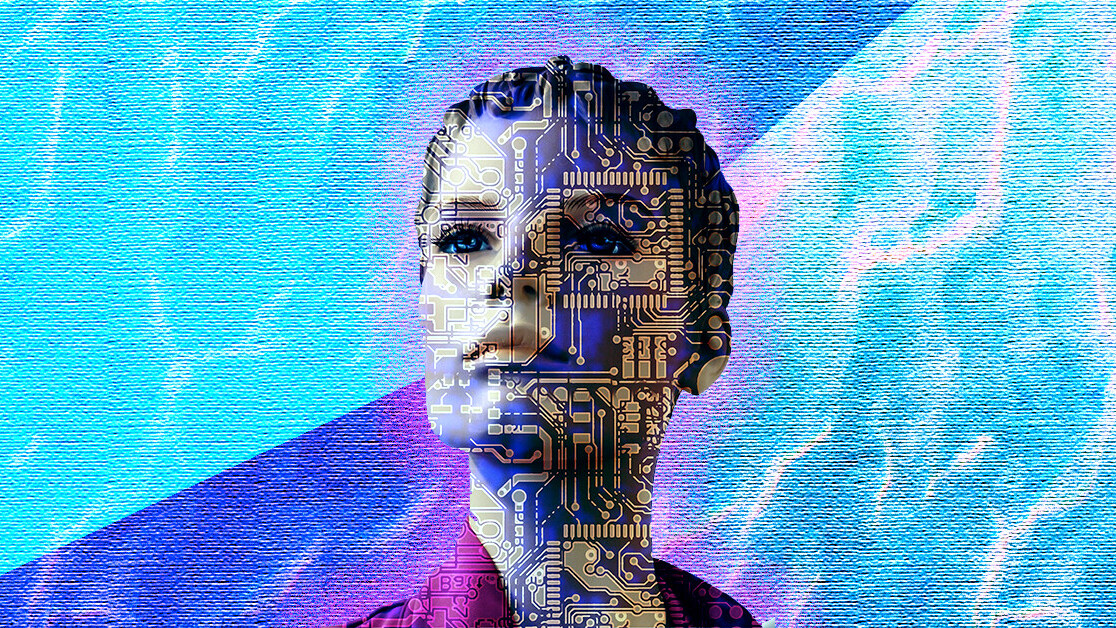
Digital marketers today are faced with a unique challenge: tell a creative, compelling brand story while simultaneously fitting it to a formula that ensures the message ranks among competitors, goes viral, or is perfectly optimized for all platforms. Also, the formula changes every day without notice, so make sure you stay on top of it at all times.
What’s a digital marketer to do?
AI is here to help. I repeat, AI is here to help. There is a lingering fear that robots, AI and machine learning will replace everyone’s jobs in the next six years, but the reality is far more nuanced.
As noted by the Marketing AI Institute, some marketing jobs will go away because of AI, some will be enhanced by AI, and some new jobs will be created by AI. Marketing jobs that consist primarily of repetitive tasks or data analysis are going to be at risk.
But creativity remains in the hands of humans, even if “beauty” is in the eye of the algorithm.
Here’s why:
Farewell, A/B testing
Nothing validates a marketer’s gut instinct like A/B testing. I’ve completed thousands of A/B, multivariate, and Taguchi tests to understand which headline or image works best. It’s a marketing best practice.
[Read: The 3 subconscious states of mind driving customer behavior]
Unfortunately, it’s also flawed from inception because marketers approach A/B tests with built-in bias. For example, I decided which video would be “A” and which would serve as its challenger “B.” With my human opinion involved – and the outcome I’m hoping to see in mind – the A/B test only proves two variations, ignoring outliers or subtle patterns. Machines find these outliers and patterns. AI spotlights objectivity and derives more nuance from patterns than humans can.
Machine learning has an additional one-up on A/B testing: it can predict, with statistical significance, which option is best without running the A/B test. Instead of creating a 2×2 matrix, drafting twice the assets, spending the time, budget, and energy to run the test, then reporting on outcomes and having meetings to talk about the outcomes… marketers can instead move forward with the answer in the first place!
For the last 15 years, marketers have been told to lead with data, to become more like machines. Now there’s a new call to digital marketers who will succeed: be more human. And that’s not just anecdotal. Up to 36% of business executives say the primary goal of incorporating AI into their business is to automate tasks and free up workers to be more creative.
Adieu, big data
Data wins, plain and simple. Look to big data, data lakes, data science – as marketers, we’ve been told that our opinions don’t matter unless they’re backed by data.
So, like so many marketers, I’ve become an expert in data. I’ve mastered pivot tables, vlookups and even learned a little SQL. I’ve tried to think more like a machine, and these skills have served me well. But as “big data” evolves into machine-generated insights and actions (handled by machine learning), my weak Excel formulas can’t compete.
The rapid advancement of machine learning exceeds any competitive edge that I’ve ever had. Even several years ago, enterprise CMOs were looking to machine learning to improve customer experience and support. Today, that extends to examining what people want and when they want it. The machines are winning.
Except in one critical area: creativity. Humans are the only creators.
Hello to the new beginning of creativity
There are hundreds of fitness wear brands out there. Hundreds of shoe companies, high fashion, subscription boxes, you name it. Every field is crowded, and every brand is vying for attention. The one thing that sets them all apart? Creative.
Creative introduces variance into the algorithm and finds new winners. Creative prompts the machines to find the quirks, the outliers, the “that’s interesting” data that we can’t see from a 30,000-foot view. It’s ironic, but machines will make us more creative.
And that’s where you come in – your wild idea, your liberal arts degree. That concept banging around in your head that you haven’t had the data to prove. Now you can pre-test it and see if it resonates.
Machines can optimize, but only humans can make something that stands out and is beautiful. Beauty is in the eye of the beholder, but it needs to serve the algorithm that dictates digital marketing success. Now you can have both.
Did you know we have an online conference about digital marketing coming up? Re:Brand will share strategies on how brands can still succeed in these unprecedented times.
Get the TNW newsletter
Get the most important tech news in your inbox each week.




